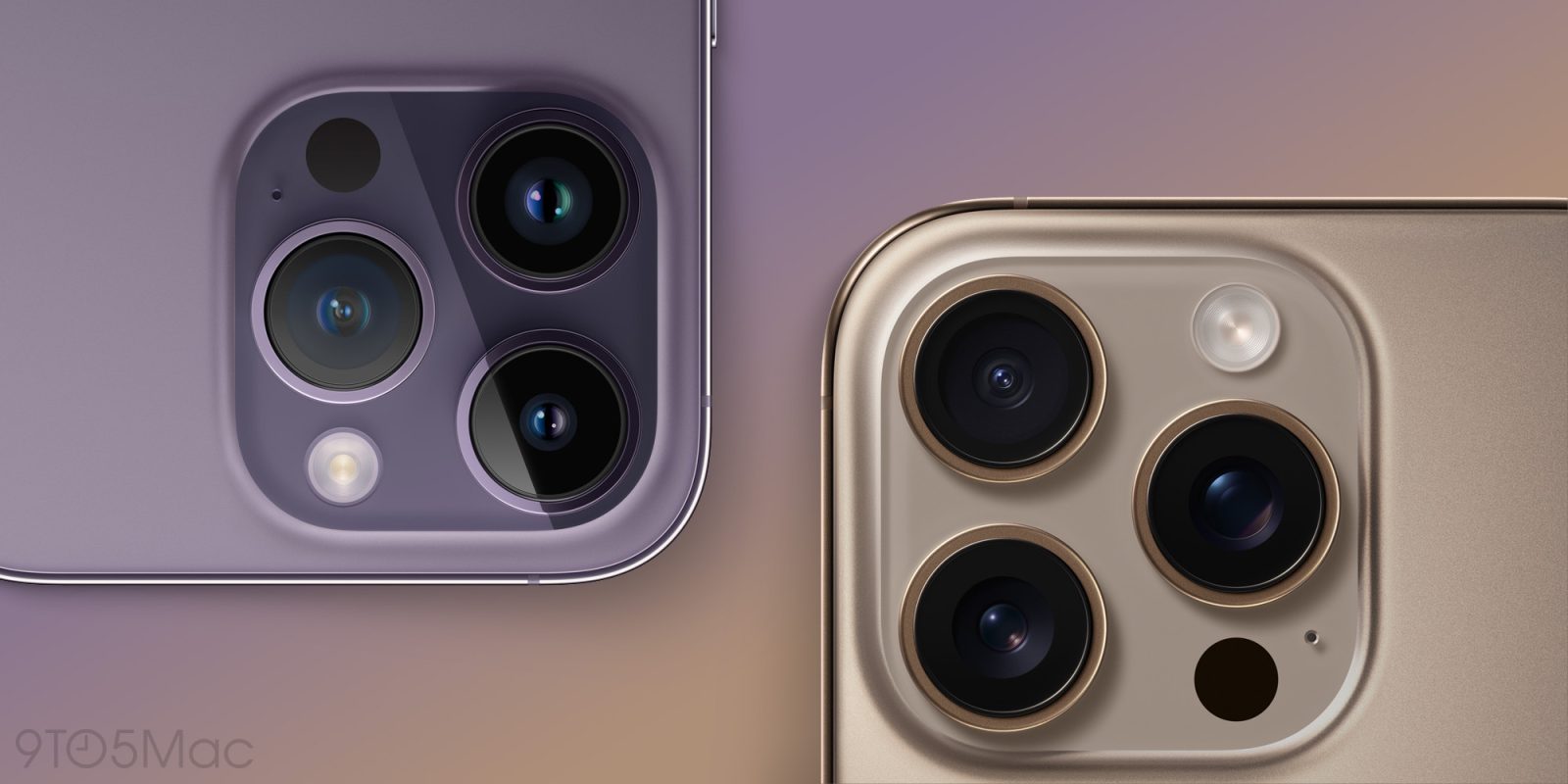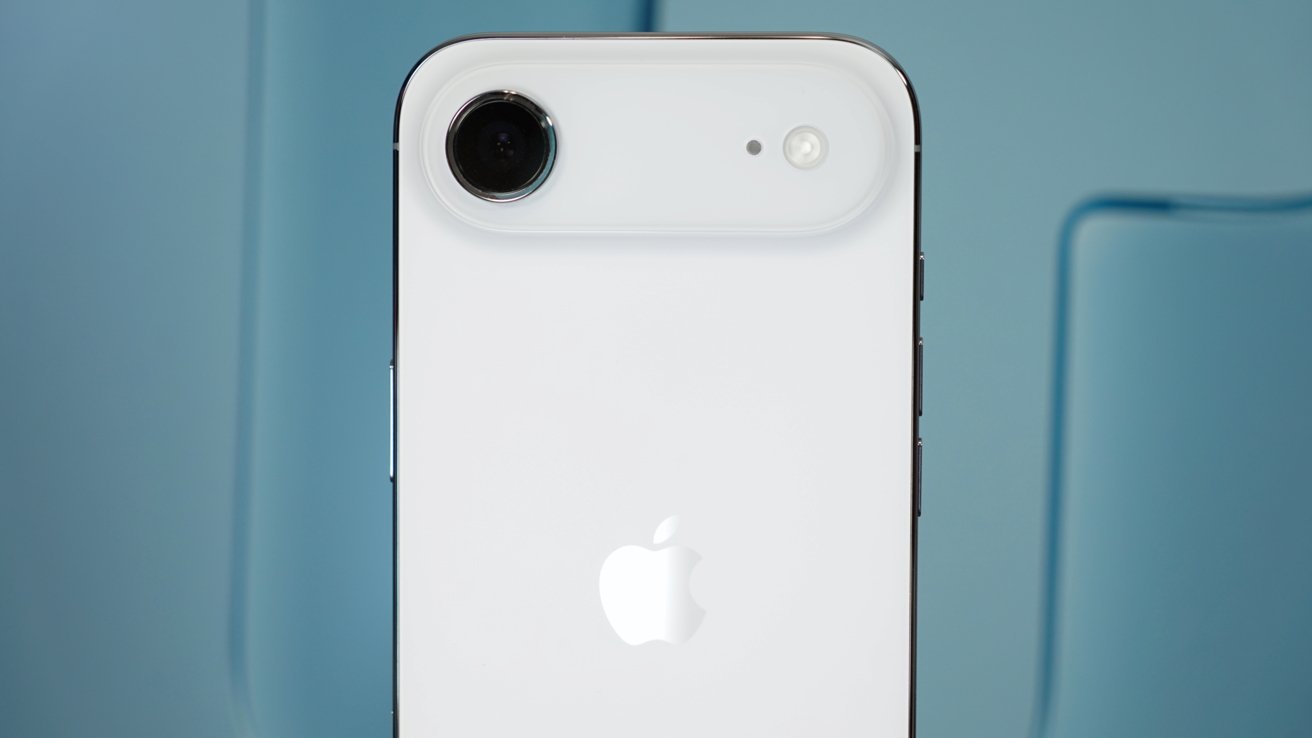Apple’s iOS 18.4 update marks a significant advancement in integrating artificial intelligence with the iPhone’s camera system. This update not only broadens the accessibility of the Visual Intelligence feature but also sets the stage for its expansion into other Apple devices.
Introduction to Visual Intelligence
Visual Intelligence is an AI-driven feature that leverages the iPhone’s camera to provide users with real-time information about their surroundings. By pointing the camera at various objects, users can:
– Obtain details about businesses and landmarks.
– Translate, summarize, or have text read aloud.
– Identify plants, animals, and other objects.
This functionality transforms the iPhone into an interactive tool for learning and exploration.
Initial Launch and Limitations
When Visual Intelligence debuted with iOS 18.2, its availability was limited to iPhone 16 models equipped with the Camera Control button. This restriction meant that only users of the latest flagship devices could access the feature, leaving out a significant portion of the iPhone user base.
Expansion in iOS 18.4
With the release of iOS 18.4, Apple has extended Visual Intelligence to include:
– iPhone 15 Pro
– iPhone 15 Pro Max
– iPhone 16e
Users of these devices can now activate Visual Intelligence through various methods:
– Action Button: Assign Visual Intelligence as a function to the Action Button for quick access.
– Control Center: Add Visual Intelligence to the Control Center for easy activation.
– Lock Screen Shortcuts: Customize Lock Screen shortcuts to include Visual Intelligence.
This expansion significantly increases the number of users who can benefit from the feature, enhancing the overall iPhone experience.
Enhanced Functionality in iOS 18.3
Prior to the broader rollout in iOS 18.4, Apple introduced additional capabilities to Visual Intelligence in iOS 18.3, including:
– Event Creation: When viewing a poster or flyer through the camera, users can add events directly to their Calendar app.
– Real-Time Identification: The feature can now identify plants and animals in real-time, providing immediate information without the need to capture a photo.
These enhancements demonstrate Apple’s commitment to continually improving the functionality and user experience of Visual Intelligence.
Future Prospects: Integration with Other Apple Devices
Apple’s vision for Visual Intelligence extends beyond the iPhone. According to reports, the company plans to integrate this feature into future devices, including:
– AirPods: Upcoming models may include cameras, allowing users to access Visual Intelligence features directly through their earbuds.
– Apple Watch: Future versions are expected to incorporate cameras, enabling the watch to see the environment and provide relevant information using AI.
These developments suggest a future where Visual Intelligence becomes a core component of Apple’s ecosystem, offering users seamless access to information across multiple devices.
Conclusion
The expansion of Visual Intelligence in iOS 18.4 represents a significant step in Apple’s ongoing efforts to integrate AI with its hardware. By making this feature accessible to a broader range of devices and continually enhancing its capabilities, Apple is not only improving the user experience but also laying the groundwork for future innovations. As Visual Intelligence becomes more integrated into various Apple products, it has the potential to transform how users interact with their devices and the world around them.



